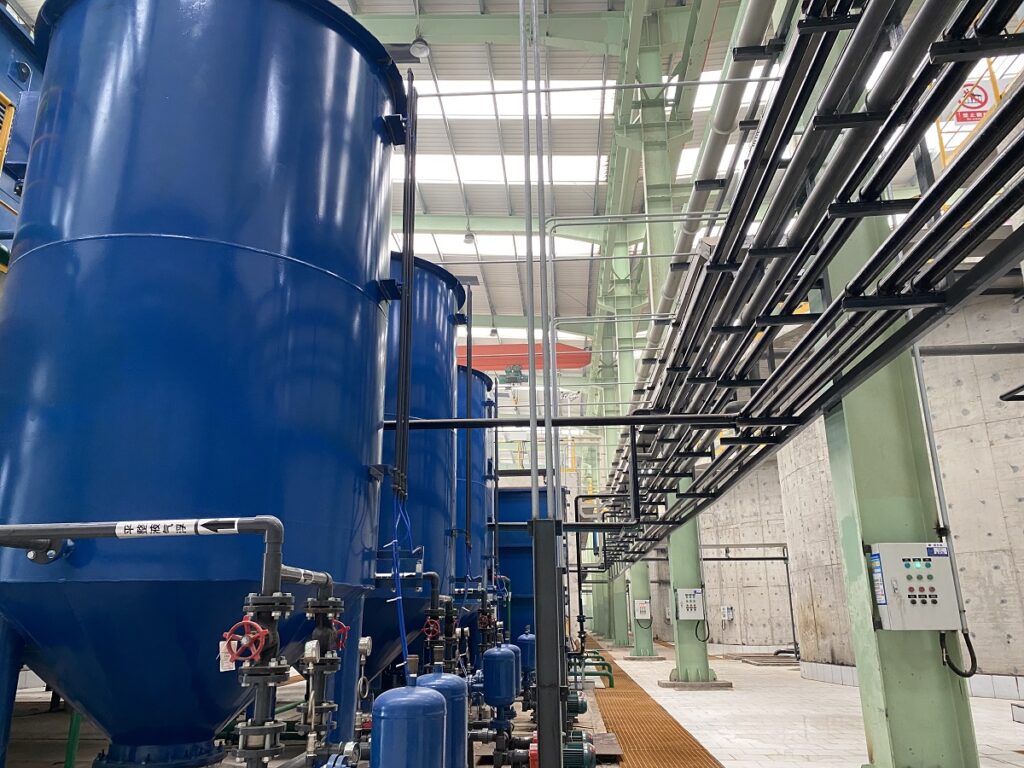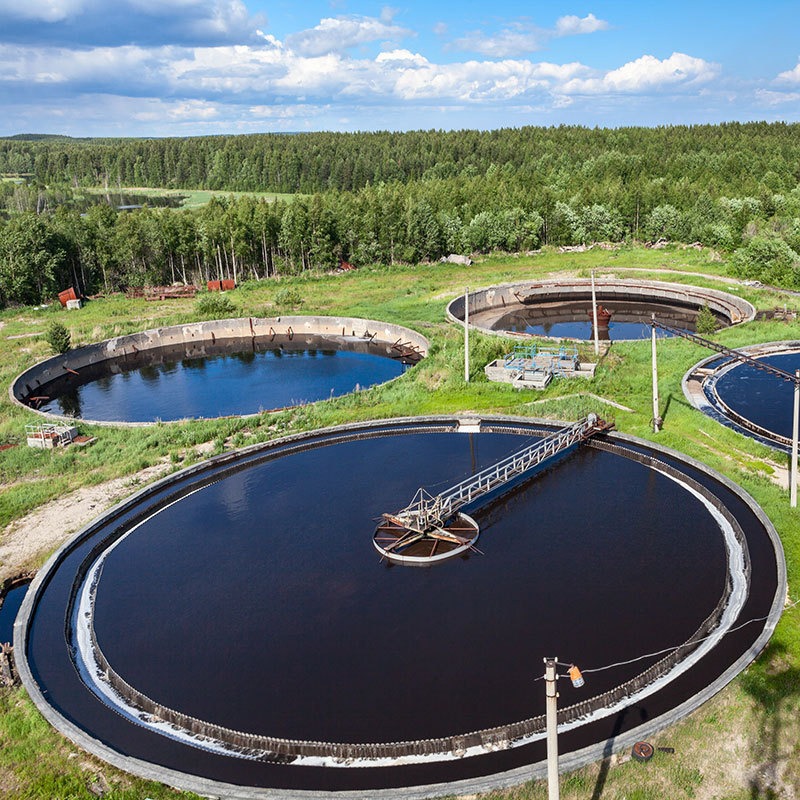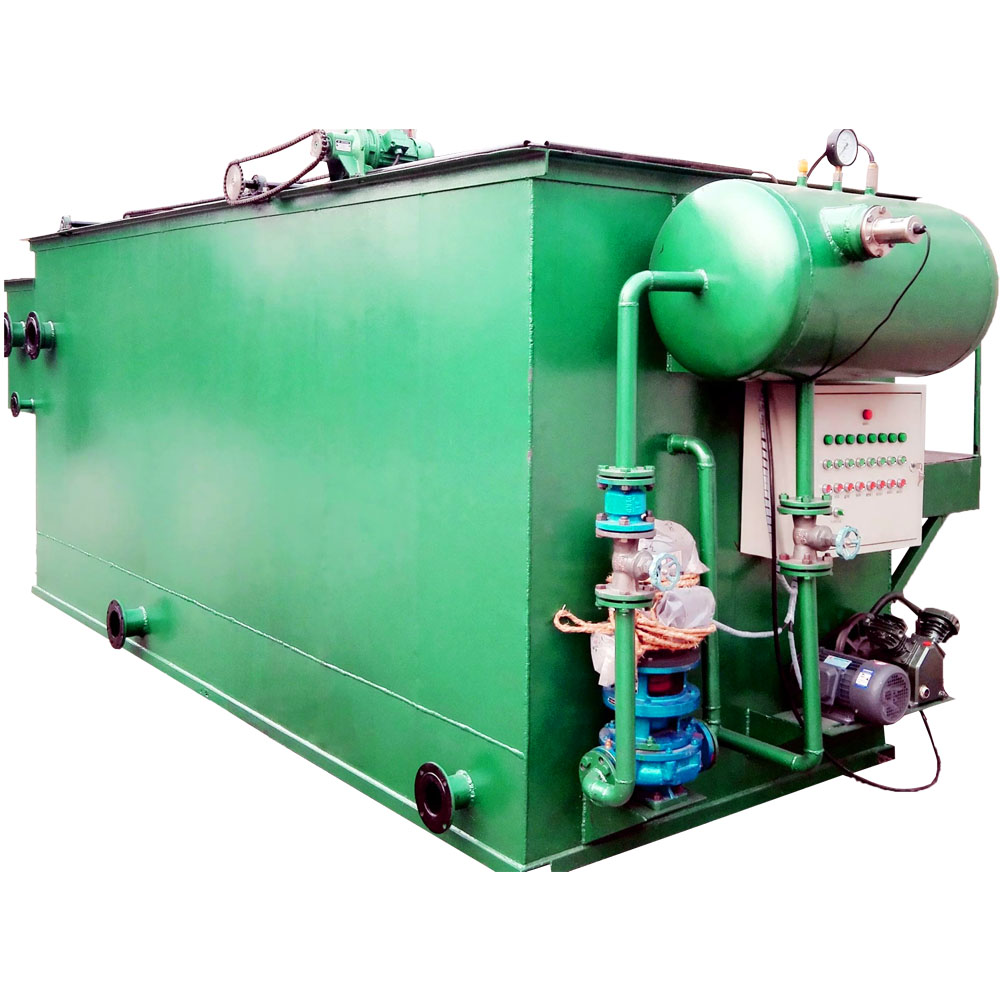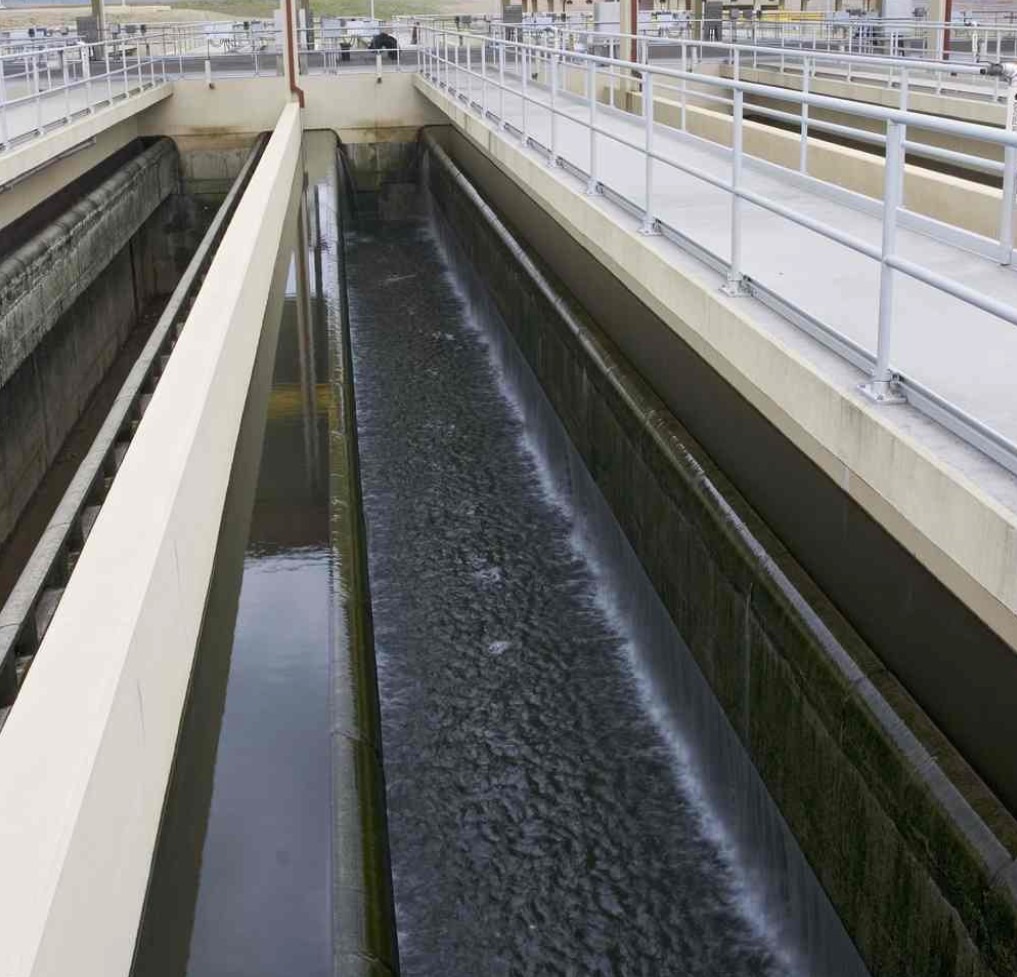Wastewater treatment process
Wastewater treatment refers to the process of treating polluted water through a series of complex processes to make it meet environmental discharge standards or reuse requirements. This process involves a combination of physical, chemical and biological treatment methods. The first step is to remove suspended solids, organic matter, nutrients, and other pollutants in the sewage to protect the environment and human health. The following is the general process of sewage treatment:
1. Wastewater Collection
Sewage is first collected through the sewer system or sewage pipes and sent to the sewage treatment plant. The collection process ensures that all sewage can be treated uniformly.
2. Preprocessing
Screen filtration: After the sewage enters the treatment plant, it is first filtered through the screen to remove large particles and floating objects, such as branches and plastic bags, to prevent these objects from clogging subsequent treatment equipment. The grid is divided into coarse screens and fine screens, which are used to salvage different sizes of slag.
Grit Tank: Then, the sewage enters the grit tank, and the three-force separation principle is used to precipitate and not remove the larger inorganic particles (such as sand) in the sewage.
Regulating tank: The main function of the regulating tank is to regulate water volume and quality, mitigate the peak discharge volume of the production line, and provide stable operating conditions for the subsequent treatment system. At the same time, through pH monitoring and adjustment equipment, the pH value of the sewage can be stabilized to reduce the impact on the organisms in the subsequent biochemical reactions.
3. Primary processing
Primary treatment mainly removes suspended solids and some soluble substances in sewage by physical methods. This stage usually includes a primary sedimentation tank, which uses gravity sedimentation to remove most of the total floating matter and form sludge in the primary sedimentation tank. The primary sedimentation tank needs to be drained regularly to prevent the sludge from flowing into the subsequent treatment links with the water.
4. Biological treatment
Biological treatment is the core link of sewage treatment. It uses the metabolism of organisms to convert organic matter into inorganic matter, thereby removing organic pollutants in sewage. The main biological treatment processes include:
Activated sludge method: The activated sludge in the aeration tank is mixed with running water to allow organisms to grow and reproduce using organic matter in the sewage, while removing BOD, COD and other substances in the sewage.
Hydrolysis acidification tank: The heat released by hydrolysis bacteria and acid production promotes the biodegradation of macromolecular substances in the water that are difficult to biodegrade, improves their biodegradability, and provides favorable conditions for subsequent anaerobic biological treatment.
UA5B reaction tank: Upflow anaerobic sludge blanket is a highly efficient anaerobic biological treatment process, which uses the metabolic characteristics of anaerobic organisms to convert organic matter in sewage into active gas and remove a large amount of COD
5. Secondary treatment
In the secondary treatment stage, the sewage undergoes more rigorous biological treatment to ensure a higher degree of organic matter removal. This process may include multiple biological treatment units, such as aeration tanks, aeration tanks, etc., which further degrade the organic matter in the sewage through biological action under different environmental conditions.
6. Deep processing
In order to meet higher emission standards or reuse requirements, sewage needs to be deeply treated. Deep treatment processes include coagulation and sedimentation, sand filtration, activated carbon adsorption, ion exchange, etc., to remove a large amount of pollutants in sewage, such as deuterium, phosphorus, heavy metals, etc.
- After sedimentation and disinfection, the water enters the sedimentation tank, where suspended solids are removed through five-force sedimentation. Subsequently, it is disinfected, usually using disinfectants such as re-gasification, ozone or ultraviolet light to kill any remaining pathogens and ensure the safety of the effluent.
8. Discharge or reuse
After the above treatment, the clean water can meet the environmental discharge standards and be directly discharged into natural water bodies, such as rivers or oceans. At the same time, it can also be reused as needed, such as agricultural irrigation, industrial cooling, municipal miscellaneous water, etc., to achieve water resource conservation and recycling.
Conclusion
The sewage treatment process is a complex and systematic process involving multiple links and the combined application of multiple treatment technologies. Through scientific process and advanced treatment technology, pollutants in sewage can be effectively removed to protect the ecological environment and human health. With the advancement of science and technology and the improvement of environmental awareness, sewage treatment technology will continue to develop and improve, making greater contributions to the realization of sustainable development goals.







